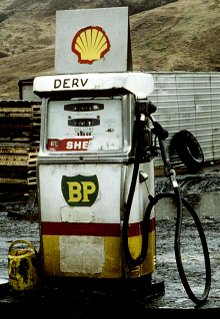Grattan calls for fuel cuts
 Analysts say the $8 billion a year in fuel tax credits given to businesses should be cut in half.
Analysts say the $8 billion a year in fuel tax credits given to businesses should be cut in half.
A new report by the Grattan Institute says that only about half of the outlay is justified in economic or social terms.
Fuel tax credits are gnawing away an ever-growing share of fuel tax revenue: a decade ago, credits reduced gross fuel tax revenue by 30 per cent; today, it is almost 40 per cent.
Winding back the credits could reduce the structural budget deficit by about 10 per cent, or $4 billion a year.
It would also help Australia hit its target of net-zero emissions by 2050, because burning diesel contributes about 17 per cent of Australia’s total carbon emissions.
At present, no fuel tax is payable for vehicles that only drive off-road, such as trucks on mine sites, and a reduced rate of fuel tax is payable for on-road vehicles heavier than 4.5 tonnes, such as semi-trailers, B-doubles, and passenger buses.
There is no business reason why larger vehicles should pay less than smaller vehicles – in fact quite the reverse, since heavy vehicles do far more damage to roads.
Grattan says heavy on-road vehicles should pay the same rate as utes, vans, cars, and small trucks used by businesses.
Off-road vehicles and machinery should still be eligible for fuel tax credits, but at a lower rate than now, to reflect the damage their carbon emissions cause to the environment and community, its report says.
The experts say cutting fuel tax credits would be a win-win: it would shrink the budget deficit and help Australia hit net-zero carbon emissions by 2050.
Also, cutting fuel tax credits in the way Grattan Institute recommends should have next-to-no impact on household budgets – the group calculates that prices at the supermarket would increase by an average of just 35 cents on a $100 grocery shop.
The full report is accessible in PDF form, here.







 Print
Print